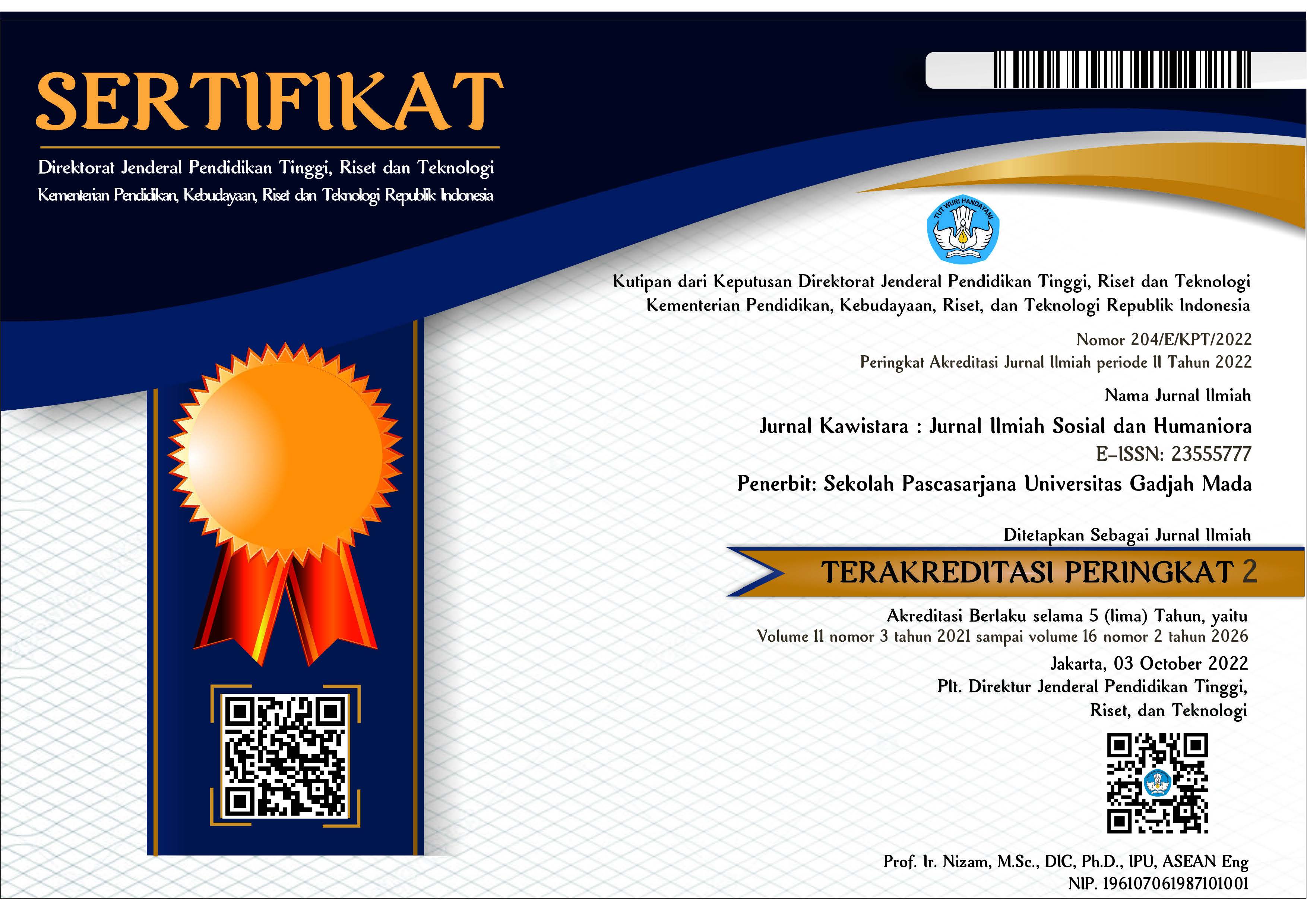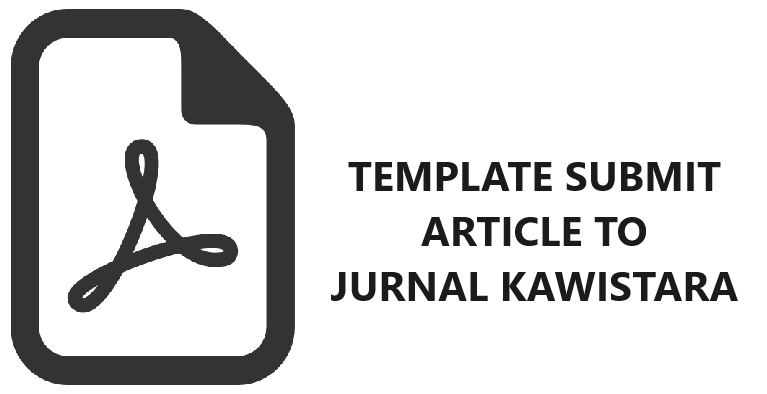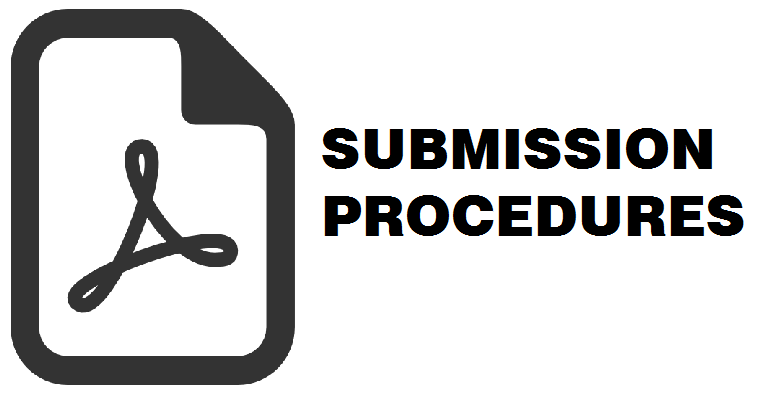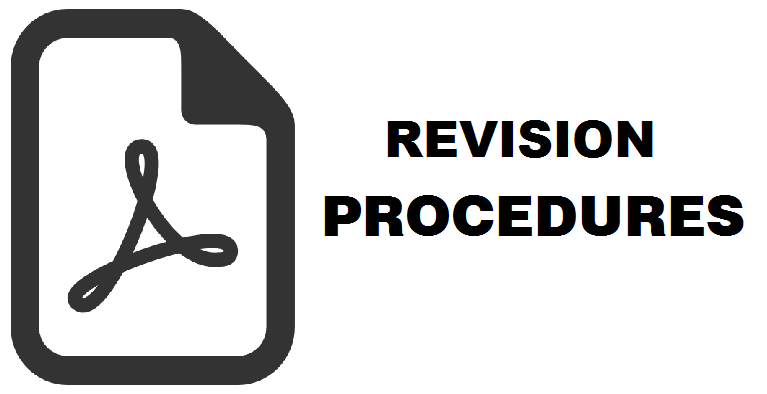Dampak Penyalahgunaan Deepfake dalam Memanipulasi Visual: Menguak Potensi Infopocalypse di Era Post Truth Terhadap Asumsi Masyarakat pada Media Massa
Azizatuz Zahro'(1), Rafika Rizky Nur Fadhilah(2*), Salsabila Zahra Hermawati(3), Guntur Naufal Imaduddin(4), Aisya Alyani Santoso(5)
(1) Fakultas Sastra, Universitas Negeri Malang
(2) Fakultas Sastra, Universitas Negeri Malang
(3) Fakultas Ekonomi dan Bisnis, Universitas Negeri Malang
(4) Fakuktas Teknik, Universitas Negeri Malang
(5) Fakultas Teknik, Universitas Negeri Malang
(*) Corresponding Author
Abstract
Pesatnya perkembangan teknologi berupa kecerdasan buatan memberikan dampak positif yang dapat memudahkan pekerjaan manusia, tetapi kecerdasan buatan juga berpotensi untuk disalahgunakan terutama dalam teknologi deepfake. Kemunculan deepfake dapat menciptakan visualisasi hoaks pada era post-truth yang dapat memicu terjadinya infopocalypse. Tujuan dari riset ini yakni (1) untuk mengetahui visualisasi hoaks terhadap perubahan asumsi masyarakat akibat penyalahgunaan teknologi deepfake dan (2) mengetahui unsur-unsur yang akan menjadi potensi munculnya infopocalypse pada era post-truth. Riset ini menggunakan metode kualitatif dengan analisis konten dan fenomenologi. Teknik pengumpulan data dalam riset ini melalui observasi dan wawancara. Analisis konten digunakan untuk menganalisis deepfake dari konten video dan interpretative phenomenological analysis untuk menganalisis keterkaitan asumsi informan dan potensi terjadinya infopocalypse. Hasil menunjukkan (1) adanya visualisasi hoaks terhadap asumsi masyarakat dan penerimaan informasi memiliki keterkaitan dengan tingkat pengetahuan pada teknologi; (2) potensi infopocalypse dipengaruhi oleh ragam pola pikir. Dapat disimpulkan bahwa visualisasi hoaks dan penerimaan informasi masyarakat berkaitan dengan pengetahuan teknologi deepfake, serta potensi infopocalypse berkaitan dengan ragam pola pikir.
Keywords
Full Text:
PDFReferences
Achyut, T. S., & Dagdu, A. B. 2023. DeepFake Deception: A Comprehensive Analysis of DeepFake Technology and its Effects on Ethics, Politics and Society. International Journal of Scientific Research on Engineering and Management (IJSREM), 7(9).
Alexander, S.G., Ananto, A.T., Purnama, I.P.A.P.M., Habibullah, B.L.L. and Rakhmawati, N.A. 2023. Analisis Sentimen Opini Masyarakat Indonesia Terhadap Konten Deepfake Tokoh Publik. KAKIFIKOM (Kumpulan Artikel Karya Ilmiah Fakultas Ilmu Komputer).95-102.
Alkishri, W., & Al-Bahri, M. A. H. M. O. O. D. 2023. Deepfake Image Detection Methods Using Discrete Fourier Transform Analysis and Convolutional Neural Network. Journal of Jilin University (Engineering and Technology Edition), 42(2).
Arslan, F. 2023. Deepfake Technology: A Criminological Literature Review. Sakarya Üniversitesi Hukuk Fakültesi Dergisi, 11(1), 701-720.
Cahyadi, I. R. 2020. Survei KIC: Hampir 60 % Orang Indonesia Terpapar Hoax Saat Mengakses Internet. URL: https://www.beritasatu.com/news/700917/survei-kic-hampir-60-orang-indonesia-terpapar-hoax-saat-mengakses-internet. Diakses tanggal 31 Juni 2024
Chinn, C.A., Barzilai, S. and Duncan, R.G. 2021. Education for a “post-truth” world: New directions for research and practice. Educational Researcher, 50(1):51-60.
Creswell, J. W., 2012. Educational research: Planning, conducting and evaluating quantitative and qualitative research (4th ed). Pearson education, Inc
Eatough, V. and Smith, J.A. 2017. Interpretative phenomenological analysis. The Sage handbook of qualitative research in psychology.193-209.
Efremova, M. A., & Russkevich, E. A. 2024. Deepfake And Criminal Law. Bulletin of the Kazan Law Institute of MIA of Russia, 15(2):97-105. (In Russ.)
Gardelz. 2023. Approaching the Infopocalypse. URL: https://www.noemamag.com/approaching-the-infopocalypse/. Diakses tanggal 02 Juni 2024.
Groh, M., Epstein, Z., Firestone, C., & Picard, R. 2022. Deepfake detection by human crowds, machines, and machine-informed crowds. Proceedings of the National Academy of Sciences. 119(1).
Haryanto, A.T., 2024. APJII: Jumlah Pengguna Internet Indonesia Tembus 221 Juta Orang. diperoleh dari https://inet. detik. com/cyberlife/d-7169749/apjii-jumlah-pengguna-internet-indonesia-tembus-221-juta-orang. Diakses tanggal 02 Juni 2024
Katz, E., Blumler, J. G., & Gurevitch, M. 1973. Uses and gratifications research. The public opinion quarterly. 37(4):509-523.
Kominfo. 2024. Hingga Akhir Tahun 2023, Kominfo Tangani 12.547 Isu Hoaks. URL: https://www.kominfo.go.id/content/detail/53899/siaran-pers-no-02hmkominfo012024-tentang-hingga-akhir-tahun-2023-kominfo-tangani-12547-isu-hoaks/0/siaran_pers. Diakses 31 Juni 2024.
Krippendorff, K. 2018. Content analysis: An introduction to its methodology. Sage publications.
Kwok, A. O., & Koh, S. G. 2021. Deepfake: a social construction of technology perspective. Current Issues in Tourism. 24(13):1798-1802.
Laza, J.M. and Karo, R.K. 2023. Perlindungan Hukum Terhadap Artificial Intellegence Dalam Aspek Penyalahgunaan Deepfake Technology Pada Perspektif UU PDP dan GDPR [Legal Protection of Artificial Intellegence in Misusage of Deepfake Technology in the Perspective of PDP Law and GDPR]. Lex Prospicit. 1(2):136-150.
Leliana, I., Irhamdhika, G., Haikal, A., Septian, R. and Kusnadi, E. 2023. Etika Dalam Era Deepfake: Bagaimana Menjaga Integritas Komunikasi. Jurnal Visi Komunikasi. 22(02): 234-243.
Lu, H., & Yuan, S. 2024. “I know it’s a deepfake”: the role of AI disclaimers and comprehension in the processing of deepfake parodies, Journal of Communication, 74 (5), 359–373
Maras, M. H., & Alexandrou, A. 2019. Determining authenticity of video evidence in the age of artificial intelligence and in the wake of Deepfake videos. The International Journal of Evidence & Proof. 23(3): 255-262.
Mofferz, M. W. 2020. Meretas Makna Post-Truth: Analisis Kontekstual Hoaks, Emosi Sosial dan Populisme Agama. Societas dei: jurnal agama dan masyarakat. 7(1): 3-3.
Muzykant, V. L., Muqsith, M. A., Pratomo, R. R., & Barabash, V. 2021. Fake news on COVID-19 in Indonesia. In Pandemic Communication and Resilience. Cham: Springer International Publishing. 363-378.
Sinaga, T. M. 2024. Penguatan Literasi Digital Membentengi Masyarakat dari Penyebaran Hoaks. URL: https://www.kompas.id/baca/humaniora/2024/01/15/penguatan-literasi-digital-membentengi-masyarakat-dari-penyebaran-hoaks. Diakses tanggal 31 Juni 2024
Stellinga, L. 2022. Deepfakes in Use: Rethinking the Infopocalypse through Postphenomenology and Wittgenstein. Master's thesis, University of Twente.
Syaipudin, L. 2020. Peran komunikasi massa di tengah pandemi COVID-19. Kalijaga Journal of Communication. 2(1): 14-34.
Toews, B. 2020. Deepfakes Are Going To Wreak Havoc On Society. We Are Not Prepared. URL: https://www.forbes.com/sites/robtoews/2020/05/25/deepfakes-are-going-to-wreak-havoc-on-society-we-are-not-prepared/. Diakses tanggal 2 Juni 2024
Vaccari, C. and Chadwick, A., 2020. Deepfakes and disinformation: Exploring the impact of synthetic political video on deception, uncertainty, and trust in news. Social media+ society. 6(1).
Westerlund, M. 2019. The emergence of deepfake technology: A review. Technology Innovation Management Review. 9(11), 39-52.
Wijanarko, Y. 2022. Orang Indonesia: Cerewet di Media Sosial tetapi Miskin Ilmu dan Malas Baca. URL: https://www.pikiran-rakyat.com/kolom/pr-015842582/orang-indonesia-cerewet-di-media-sosial-tetapi-miskin-ilmu-dan-malas-baca?page=all. Diakses pada tanggal 15 Mei 2024.
Article Metrics
Refbacks
- There are currently no refbacks.
Copyright (c) 2025 Rafika Rizky Nur Fadhilah, Azizatuz Zahro', Salsabila Zahra Hermawati, Guntur Naufal Imaduddin, Aisya Alyani Santoso

This work is licensed under a Creative Commons Attribution-ShareAlike 4.0 International License.
Jurnal Kawistara is published by the Graduate School, Universitas Gadjah Mada.











